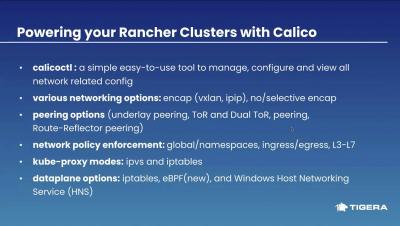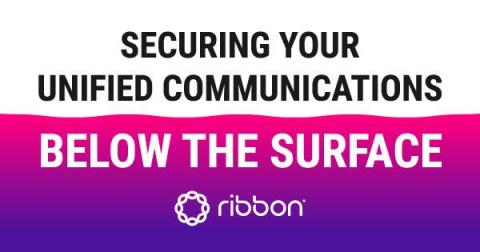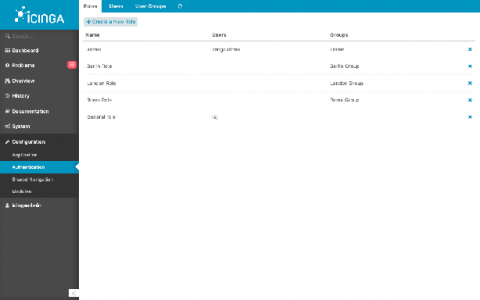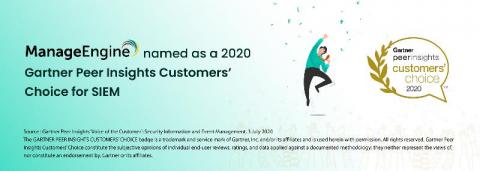Operations | Monitoring | ITSM | DevOps | Cloud
Security
The latest News and Information on CyberSecurity for Applications, Services and Infrastructure, and related technologies.
The LLMNR/NBT-NS strike
Link-Local Multicast Name Resolution (LLMNR) and NetBIOS Name Service (NBT-NS) are two protocols that are used to identify a host address on a network when the DNS name resolution, which is the conventional method, fails to do so. When a DNS server is unable to resolve a request from a requester machine, the latter broadcasts a message to its peer computers asking for the location of the required server. Hackers leverage this operation to steal the credentials of the requester machine.
Detect CVE-2020-8557 using Falco
A new vulnerability, CVE-2020-8557, has been detected in kubelet. It can be exploited by writing into /etc/hosts to cause a denial of service. The source of the issue is that the /etc/hosts file mounted in a pod by kubelet is not included by the kubelet eviction manager, so it’s not taken into account when calculating ephemeral storage usage by a pod.
Securing your Unified Communications Below the Surface
My colleague Greg Zweig recently wrote a blog “Forget Videobombing – Worry About What You Can’t See” in which he outlined how Unified Communications (UC) assets are all too often left unsecured, making them an easy target.
Icinga Web permissions and restrictions (how do they work, examples)
Permissions and restrictions are something used to control how much access is provided to a particular user or user group. Therefore one must first understand what is the role of a user or a group. Here, you will understand permissions and restrictions through configuring users, user groups and roles. They can either be created using configuration files or web interface. When the Icinga Web 2 is installed a default user with admin access is configured.
Tools to Manage Cyber Risk in a Growing Organization
Within the cyber security industry, it is well known that as a company grows, so does its attack surface. This trend lends itself largely to the fact that as more employees are hired, more company-owned machines (laptops, tablets, etc.) are distributed. The risk is that once a company-owned machine is given to an employee, it is up to the employee whether to follow the security best practices set forth by your company. Your technological asset has now become a security risk.
Tackling Financial Crime is a Matter of Data: Fresh Thinking on an Age-Old Problem
Financial firms need to take a holistic view on their financial crime defenses to keep pace with the changing crime landscape. Dealing with the onslaught of attacks has historically elicited a Pavlovian response to this age-old problem — increased regulations or tighter risk management protocols, which in turn have proven to be ineffective over the long term.
ManageEngine named a 2020 Gartner Peer Insights Customers' Choice for Security Information and Event Management!
We’re excited to announce that ManageEngine has been recognized as a Customers’ Choice in 2020 Gartner Peer Insights “Voice of the Customer’: Security Information and Event Management (SIEM) for the second time. This is in addition to our recognition in Gartner’s Magic Quadrant for Security Information and Event Management, 2020 for four consecutive times. We are thrilled to be named this recognition yet again. What better way to be recognized than by our customers?
A Look at the New Calico eBPF Dataplane
Calico was designed from the ground up with a pluggable dataplane architecture. The Calico 3.13 release introduced an exciting new eBPF (extended Berkeley Packet Filter) dataplane targeted at those ready to adopt newer kernel versions and wanting to push the Linux kernel’s latest networking capabilities to the limit.











